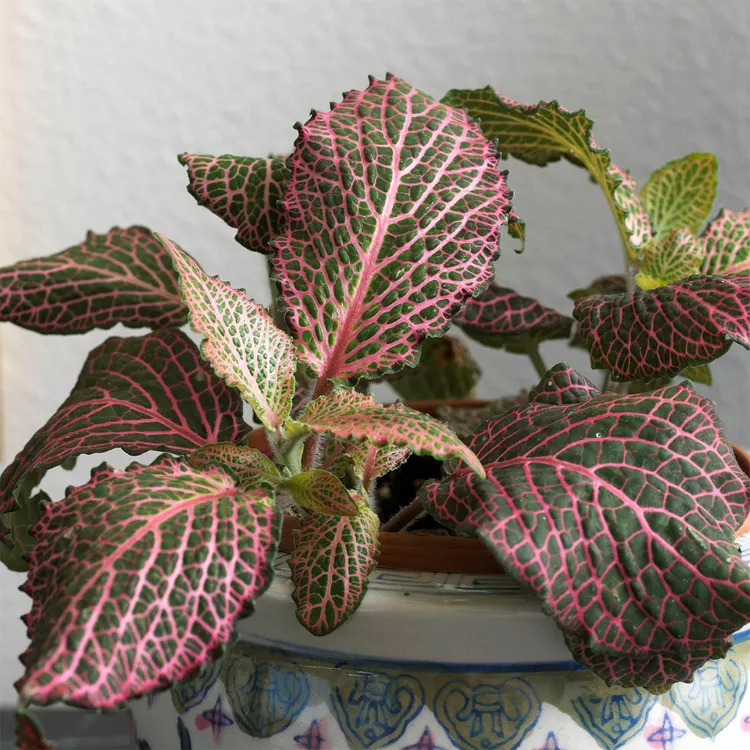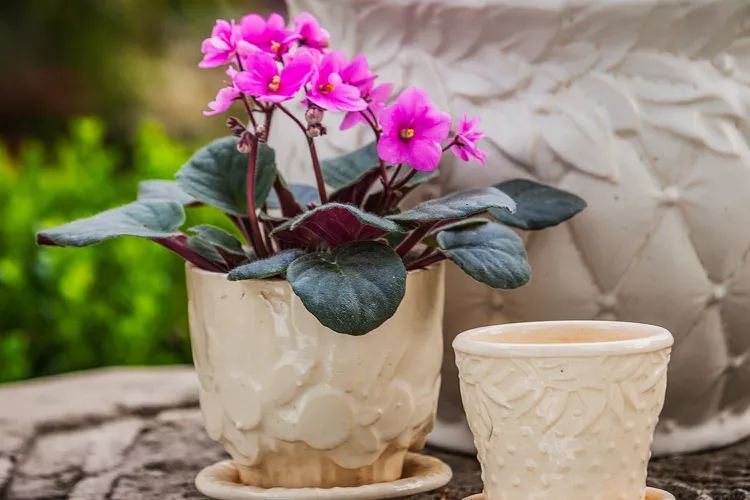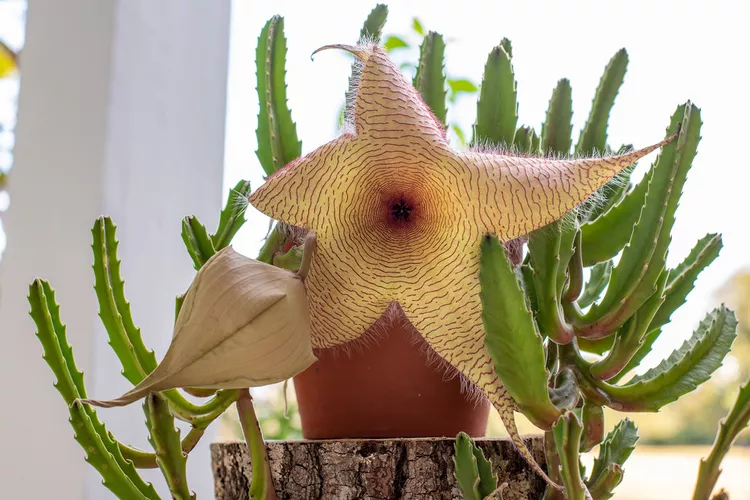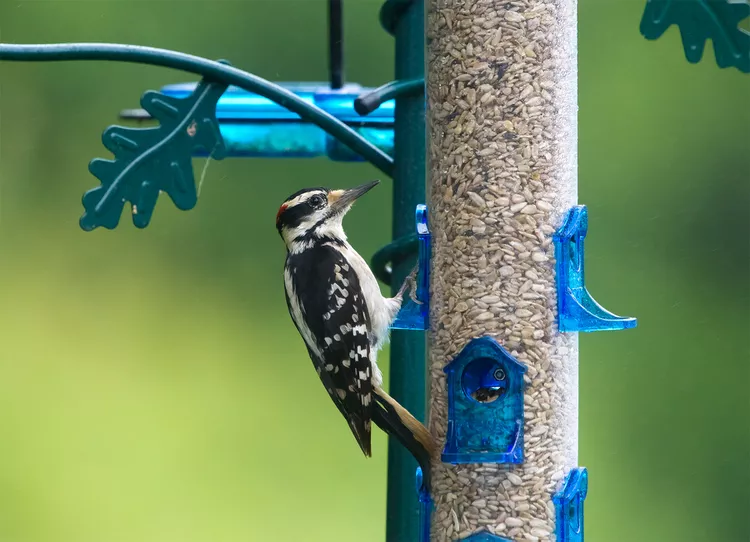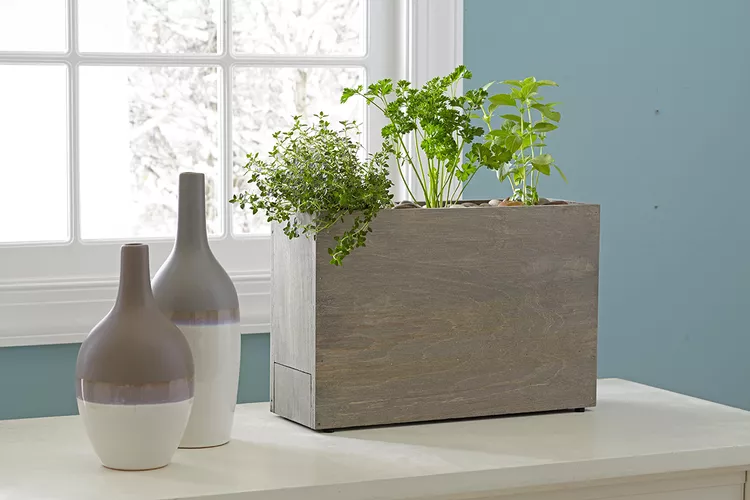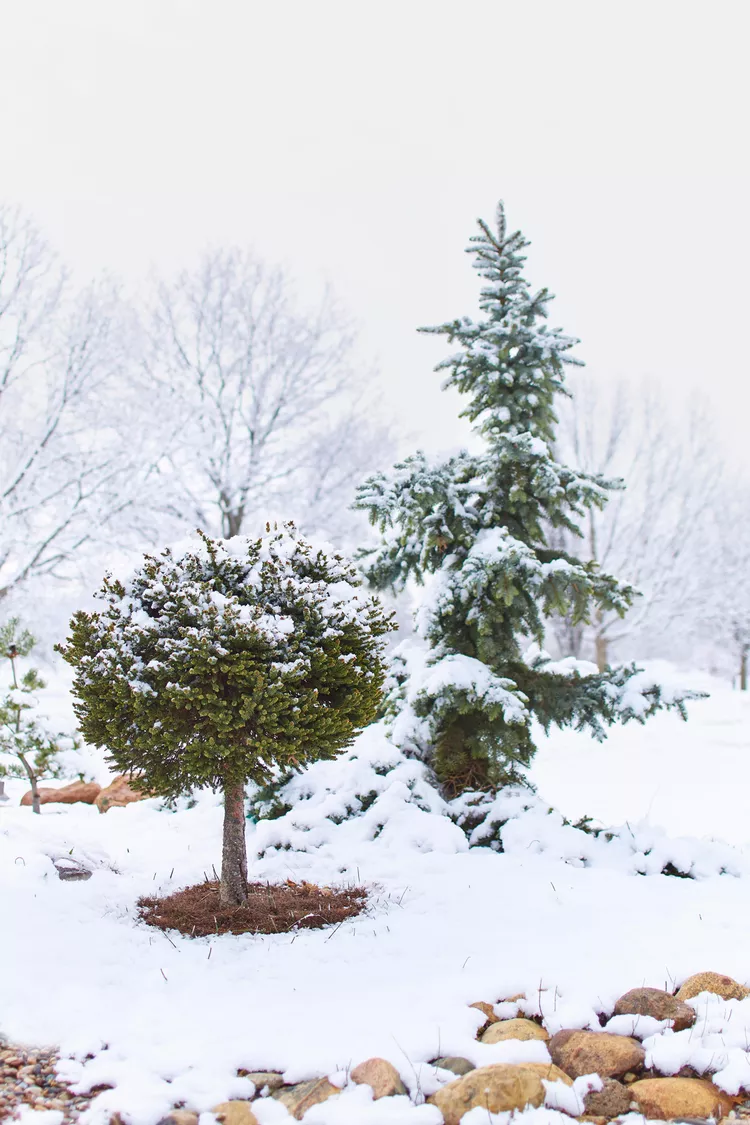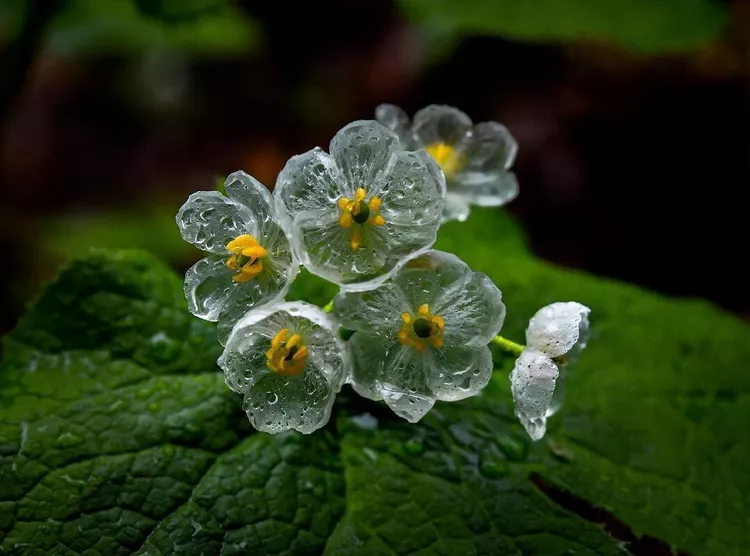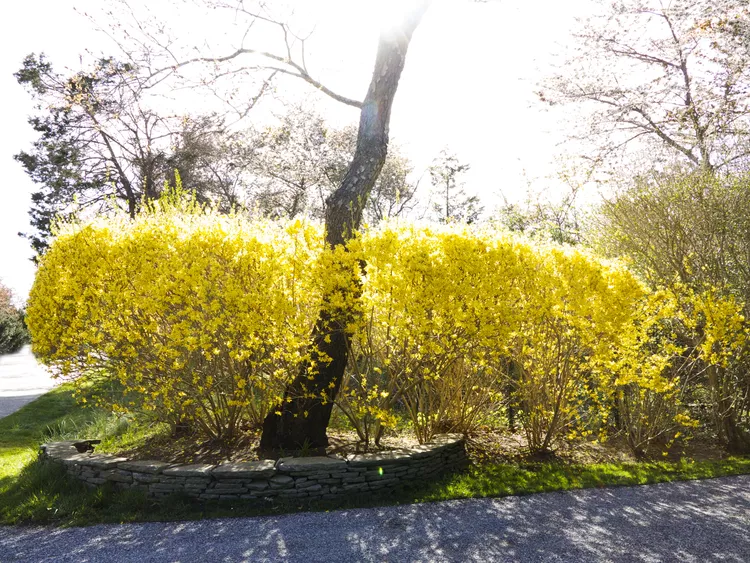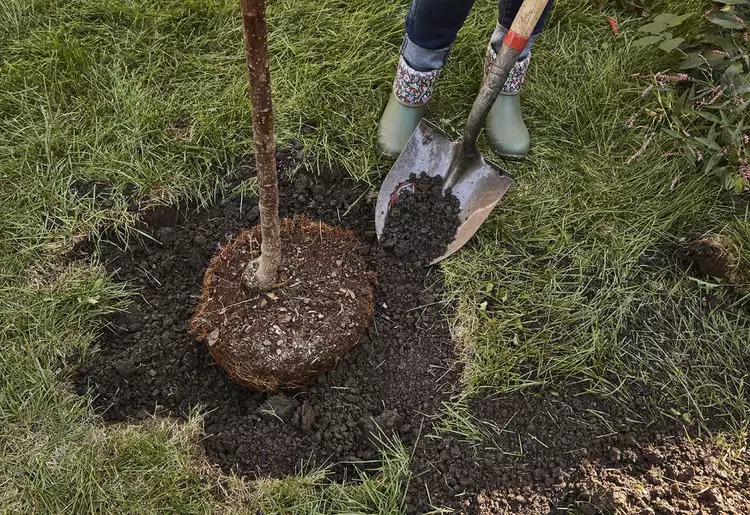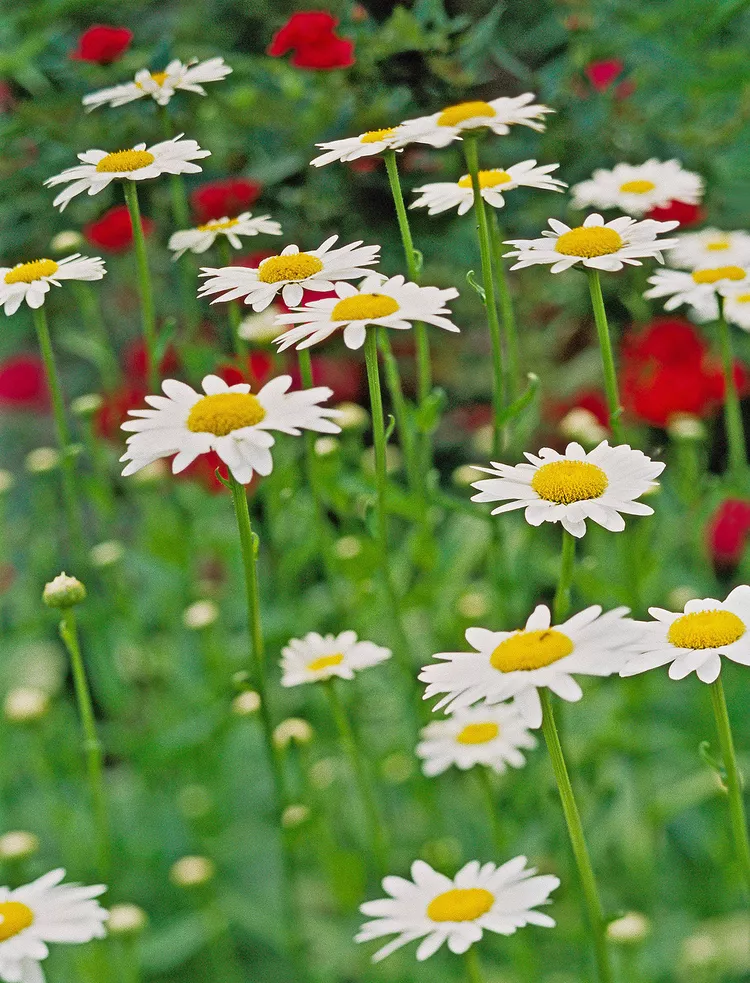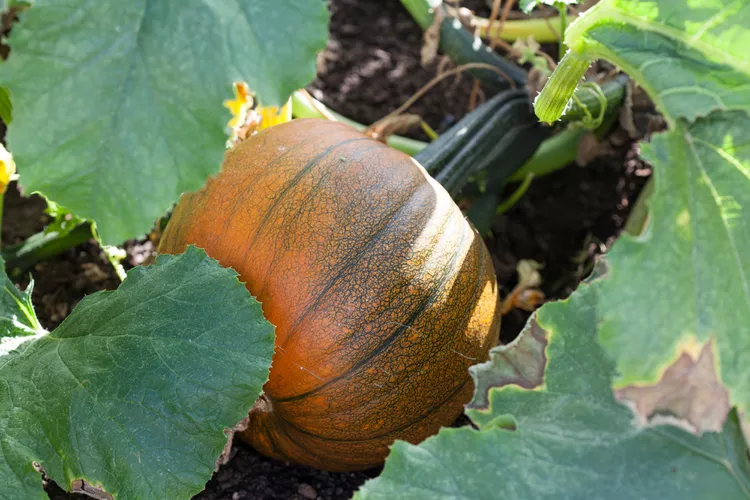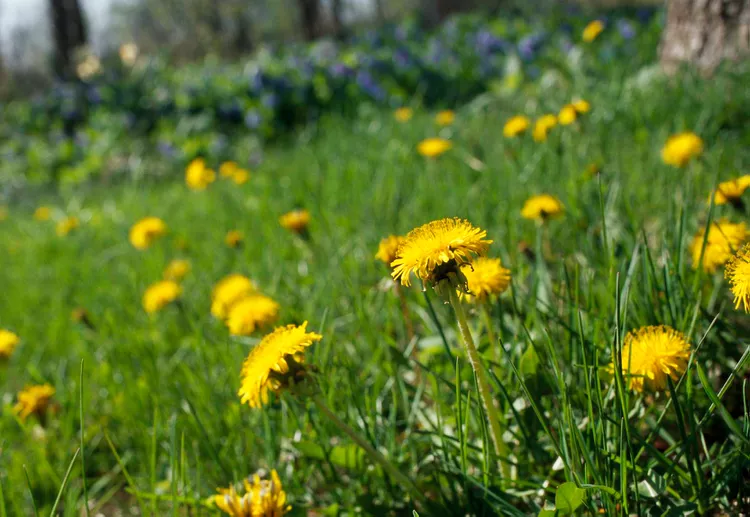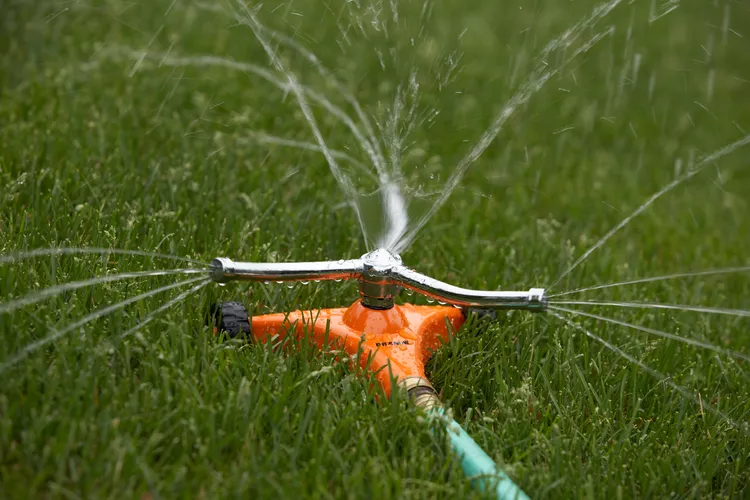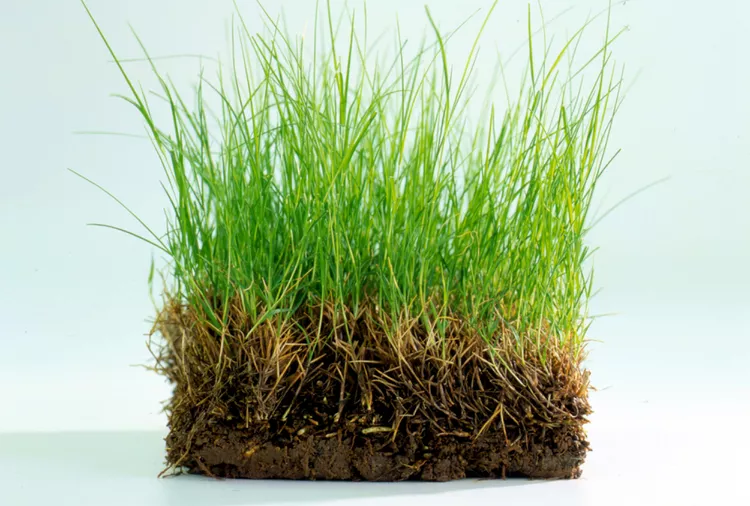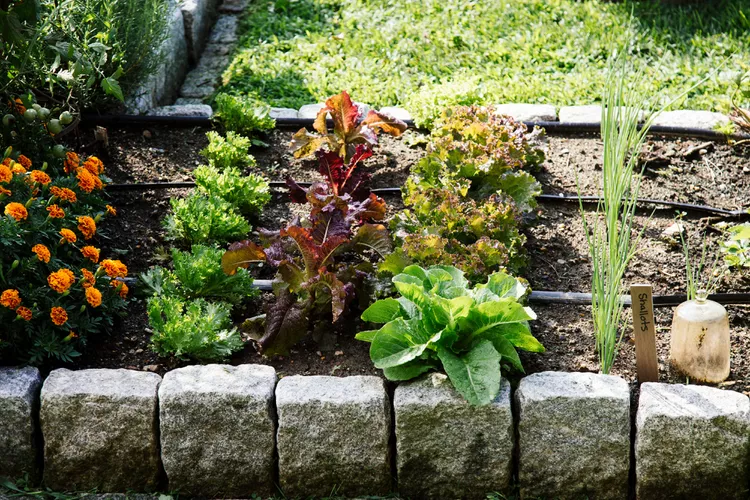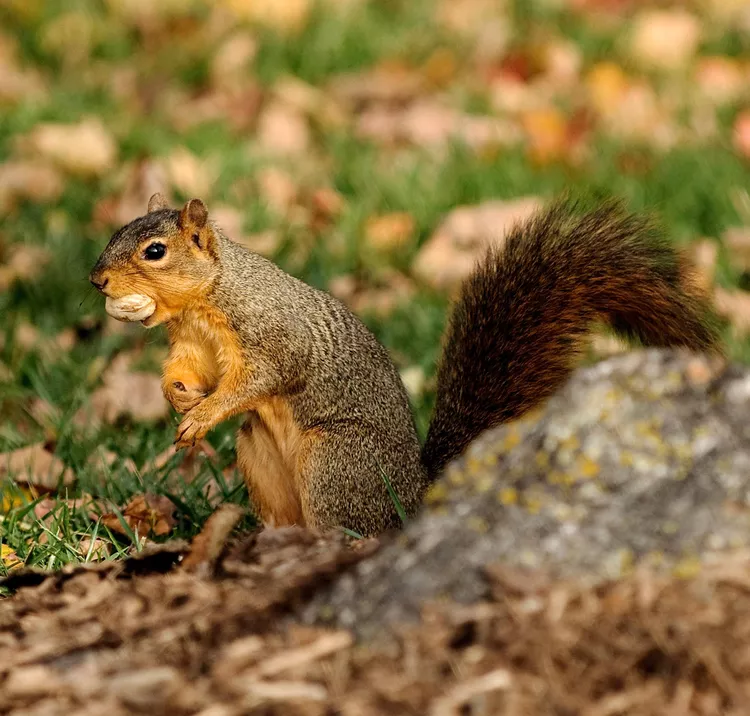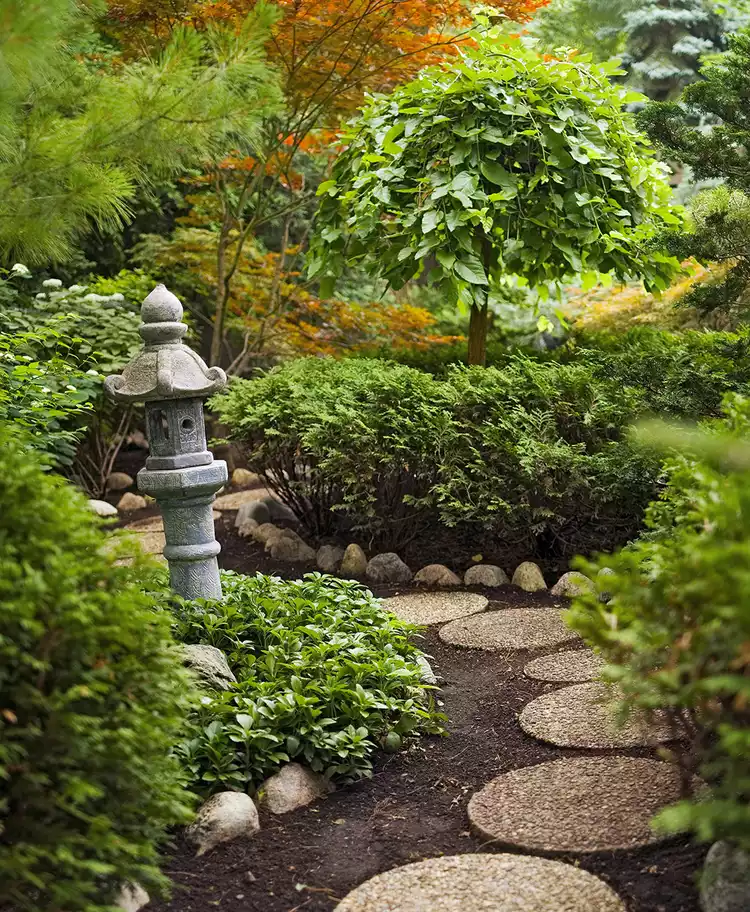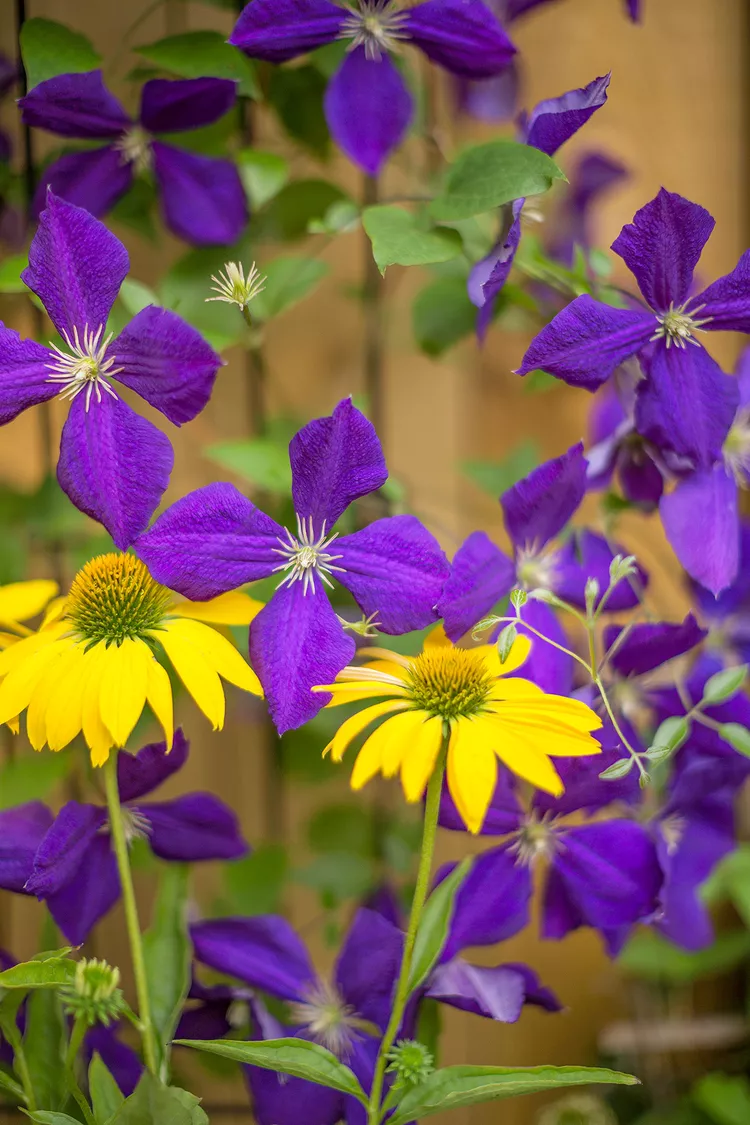Bermudagrass (Cynodon dactylon) thrives in heat and humidity and is a popular turfgrass for sports fields, golf courses, and home lawns. Commonly grown in areas with moderate to warm winters, Bermudagrass isn’t used as a lawn grass where temperatures regularly drop below 30°F. In areas with cool winters, Bermudagrass moves into dormancy in late fall. Bermudagrass requires frequent mowing—at least once a week during the summer—and grows best with regular moisture.
Bermudagrass Overview
| Genus Name | Cynodon |
| Common Name | Bermudagrass |
| Plant Type | Perennial |
| Light | Sun |
| Height | 1 to 3 inches |
| Flower Color | Pink, Purple |
| Foliage Color | Blue/Green |
| Zones | 10, 11, 7, 8, 9 |
| Propagation | Seed |
| Problem Solvers | Slope/Erosion Control |
Where to Plant Bermudagrass
Plant Bermudagrass where it will receive at least eight hours of full sun daily. Unlike some lawn grasses that grow well with a few hours of shade daily, Bermudagrass doesn’t grow well in shade.
Bermudagrass tolerates a variety of soil types, from clay to sand. Like most grass species, it grows best in soil that is well-drained. Don’t plant it in boggy soil or areas that flood frequently. Bermudagrass tolerates salty spray and saline conditions as long as it receives full sun.
How and When to Plant Bermudagrass
Spring or early summer is the best time to establish a Bermudagrass lawn. It can be planted from sod, plugs, or sprigs or established from seed. However, some cultivars available from seed have a coarse appearance and less-than-vigorous growth habit.
Most Bermudagrass lawns are started from sod, plugs, or sprigs. No matter which method you use, soil preparation is important. Remove weeds and dead grass from the area, loosen the soil with a rake before planting, and water well afterward.
Regular irrigation is essential for the first six weeks after planting Bermudagrass. Plan to water the turf multiple times daily for 5 to 10 minutes for the first 10 days after planting. Then, water once a day, applying ¼- to ½-inch of water each day for about 10 days. By day 20 after planting, a good root system should be established, and irrigation can be set to twice a week, delivering about ½ inch of water at a time.
Don’t mow or fertilize a new Bermudagrass lawn until it establishes a sound root system. Plan to begin mowing about two to three weeks after planting. Wait to fertilize until about two months after planting.
Bermudagrass Care Tips
Light
Full sun is essential for good Bermudagrass growth. Plant it where it will receive no less than eight hours of full sun daily. It quickly languishes when planted in shady areas.
Soil and Water
Well-drained soil is ideal for Bermudagrass, but this tough species tolerates a wide range of challenging soil conditions. It grows well in sandy soil, provided it receives ample nutrients. It also grows well in clay when standing water isn’t present. Don’t plant it in areas that flood regularly or depressions where boggy conditions are common.
Bermudagrass grows best with at least 1 inch of water per week. While it grows in areas that receive just 20 inches of rain a year, it requires irrigation to survive. Wilt and a color change from green to blue-green indicate the grass needs moisture. Bermudagrass doesn’t weather drought well. Its shallow root system, combined with vigorous growth, calls for regular water to create a lush, carpet-like lawn. When irrigating a Bermudagrass lawn, water deeply and infrequently, applying ½ inch of water a couple of times a week instead of watering daily. Deep and infrequent watering encourages a deep root system that is better able to mine for water during dry conditions.
Temperature and Humidity
Bermudagrass thrives in heat and humidity. It grows best when daytime highs are 90°F and above. Cold temperatures limit where it grows well. When the average daytime temperature drops below 50°F, Bermudagrass stops growing and goes dormant. Expect leaves and shoots to slowly turn brown, but the root system remains alive. Temperatures below 30°F kill Bermudagrass back to the root system, but the lawn will regrow slowly from the root system. Temperatures below 10°F kill the entire plant.
Bermudagrass grows well in high humidity. Heat and humidity lead to the vigorous growth of this warm-season grass. It will grow in arid climates, but irrigation is necessary to supply its water needs.
Fertilizer
A soil test helps determine the right fertilizer plan for Bermudagrass. Nitrogen is the most common nutrient needed, as it fuels the vigorous growth of Bermudagrass. Well-established lawns often have lower fertilizer requirements than new lawns thanks to a robust root system and years of nutrient-rich clippings being recycled back into the lawn.
In general, fertilize Bermudagrass lawns with a nitrogen fertilizer after the grass greens up in spring and then every six to eight weeks when the grass is actively growing. Avoid excessive fertilization. Not only is over-fertilizing costly to the home budget, but it is also harmful to the environment. Nitrogen fertilizer runoff pollutes waterways and negatively affects ecosystems. Follow fertilizer directions precisely or work with a reputable lawn care company.
Mowing
Bermudagrass requires frequent mowing in spring and summer. It has the best appearance when maintained at 1 ½ to 2 inches tall. Use the one-third rule as a guide to know when to mow. The one-third rule is simple; never remove more than one-third of the length of the leaf blade to maintain a healthy, dense stand of grass. For example, if your mower deck is set to 2 inches, mow when the grass is 3 inches tall.
Return grass clippings to the lawn. They break down and provide valuable nutrients. Mowing is much less frequent in winter when Bermudagrass growth slows. Begin mowing again in spring as soon as it is actively growing.
Pests and Problems
Several pests and diseases plague Bermudagrass. Weeds are a persistent problem in lawns growing in shade, those improperly fertilized, and those battling other pests and diseases. Weeds can quickly overtake Bermudagrass in poor growing conditions. Maintain a thriving, healthy stand of Bermudagrass, and it will outcompete the weeds.
Insect pests include mole crickets, sod webworms, armyworms, cutworms, grass loopers, and Bermudagrass mites, among others. Like weed pests, insect pests are more prevalent in a Bermudagrass lawn that is struggling to grow. Mow and fertilize appropriately for a healthy lawn that is less susceptible to insect pests.
Disease problems with Bermudagrass lawns include dollar spot, large patch, and several others. Over-irrigation and too much fertilization can quickly lead to disease problems. Irrigate only as needed to provide the grass with 1 inch of water per week, and fertilize according to actual nutrient needs as determined by a soil test.
How to Propagate Bermudagrass
Plant Bermudagrass any time of the year in tropical areas and in spring or summer in subtropical areas. Keep the soil consistently moist to foster fast root growth and plant establishment. Bermudagrass spreads vigorously on top of the ground by surface roots called stolons and underground by rhizomes.
Types of Bermudagrass
There are many Bermudagrass cultivars. Choose carefully for the home lawn, as some are specially designed for high-maintenance athletic fields ad require excessive inputs when grown in the home landscape.
‘Celebration’
Cynodon dactylon ‘Celebration’ has a fine leaf texture and doesn’t require as much maintenance as some of the other fine-textured Bermudagrasses, making it a viable candidate for a home lawn. It tolerates foot traffic and some shade.
‘Yukon’
Cynodon dactylon ‘Yukon’ is a fine-textured variety known for better winter hardiness than most Bermudagrass cultivars. It is easy to maintain and seldom experiences severe disease or pest problems. White grubs are its most common pest.
‘Riviera’
‘Riviera’ exhibits excellent winter hardiness; it is among the most cold-tolerant varieties. It is salt tolerant and can survive some flooding. It is also one of the highest-quality Bermudagrasses available in seed form.
Other popular seeded types include ‘Bradley,’ Cheyenne,’ ‘Mirage,’ and ‘Princess’. These cultivars have a dark green color, strong root systems, and a moderately dense growth habit. They require less maintenance than other Bermudagrass cultivars.
